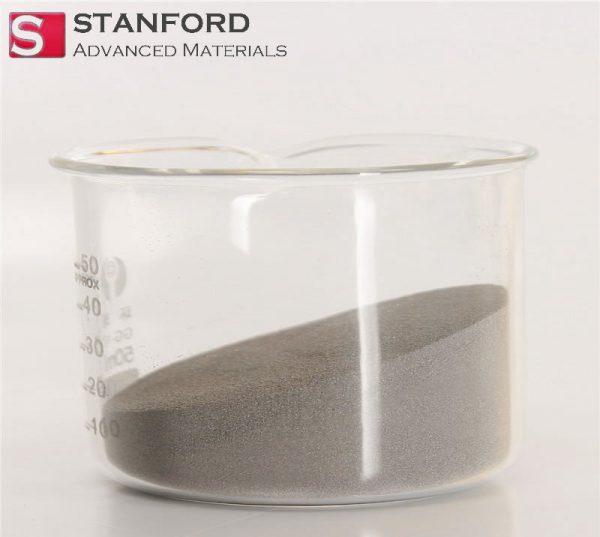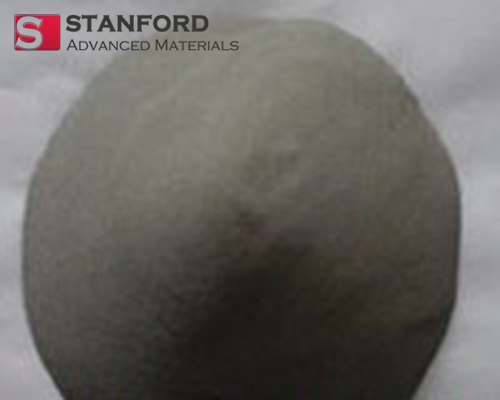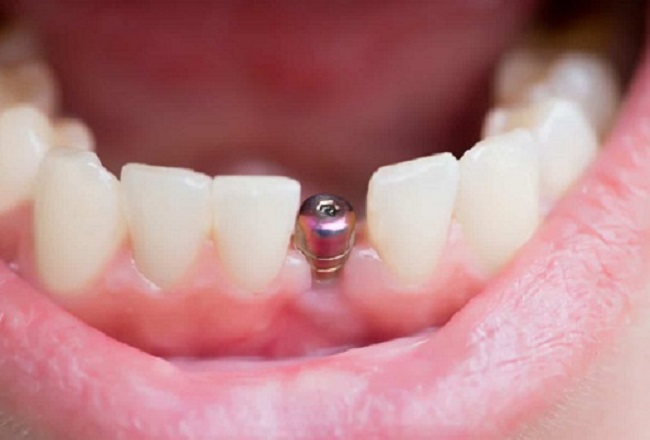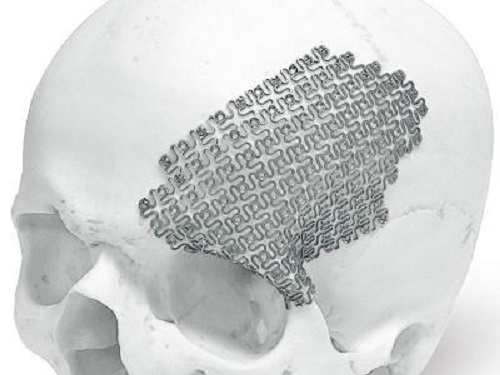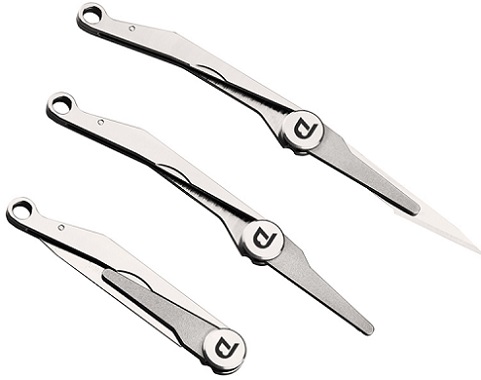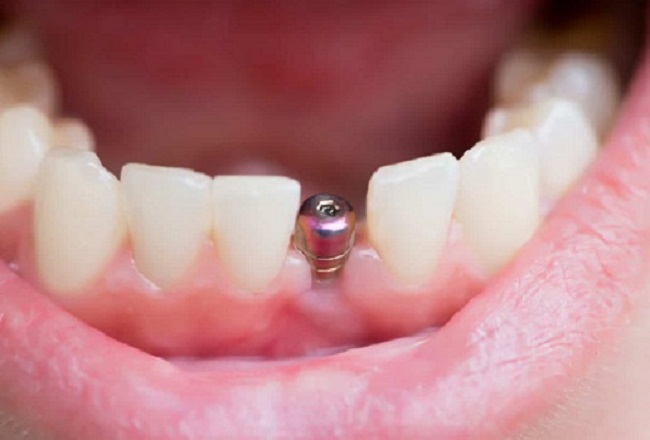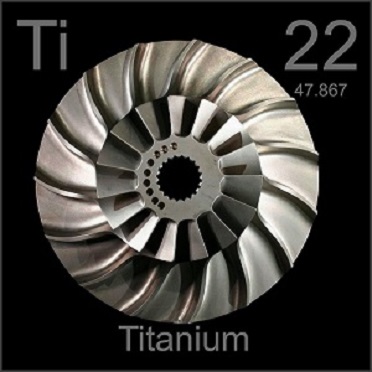Introduction
3D printing, or additive manufacturing, has transformed the way we conceive and produce complex components across a variety of industries. At the heart of this technological revolution lies the use of metal powders, enabling the creation of parts with intricate geometries and properties that were once deemed impossible. Metal materials used as 3D printing powders not only offer remarkable versatility in application but also provide strength, durability, and functionality to printed objects. From aerospace components to bespoke medical implants, the choice of metal powder is critical in defining the success of the final product. This article delves into the most commonly used metal materials in 3D printing, shedding light on their properties, applications, and the future they promise in additive manufacturing.
Titanium Alloys
Titanium alloys are among the most coveted materials in 3D printing, prized for their exceptional strength-to-weight ratio, corrosion resistance, and biocompatibility. These alloys, particularly Ti6Al4V, have found widespread application in the aerospace industry for manufacturing lightweight yet durable components. Moreover, their biocompatibility makes titanium alloys an ideal choice for medical implants, such as hip replacements and dental fixtures, enabling personalized healthcare solutions. The ability to print parts from titanium alloy powder has opened new avenues for designing and engineering parts that achieve optimal performance while minimizing material waste.
Stainless Steel
Stainless steel powders are extensively used in 3D printing due to their robustness, corrosion resistance, and excellent mechanical properties. This group of steel alloys is suitable for a wide range of applications, from automotive parts to industrial tools and consumer products. The versatility of stainless steel allows for the production of parts that require high strength and durability, along with resistance to rust and oxidation. Industries value stainless steel 3D printed components for their longevity and reliability, making it a staple material in additive manufacturing for functional prototypes and end-use parts.
Aluminum Alloys
Aluminum alloys, known for their lightweight and high-strength characteristics, are increasingly popular in 3D printing. These materials are particularly appealing in the automotive and aerospace sectors, where reducing weight without compromising strength is a perpetual goal. Aluminum’s excellent thermal conductivity and resistance to corrosion further enhance its suitability for manufacturing components like engine parts, aircraft fittings, and satellite components. The development of aluminum alloy powders for additive manufacturing has enabled the creation of complex, lightweight structures that contribute to energy efficiency and performance improvements in various applications.
Cobalt Chrome
Cobalt chrome stands out in 3D printing for its high wear resistance and ability to withstand extreme temperatures. This alloy is predominantly used in the medical and dental fields for prosthetics, dental implants, and orthopedic implants due to its strength, biocompatibility, and resistance to corrosion. Cobalt chrome’s durability also makes it suitable for aerospace and automotive applications, where components must endure harsh operational conditions. The precision and reliability of cobalt chrome parts produced through additive manufacturing are unparalleled, meeting the strict standards required in medical and aerospace industries.
Nickel Alloys
Nickel alloys, such as Inconel, are essential in 3D printing applications that demand resistance to high temperatures and corrosive environments. These alloys are widely used in aerospace, automotive, and energy sectors, particularly for components exposed to extreme conditions, such as turbine blades and exhaust systems. Nickel alloys’ exceptional thermal and mechanical properties ensure the performance and longevity of parts in challenging operational scenarios. Additive manufacturing with nickel alloy powders allows for the design and fabrication of complex, high-performance components that traditional manufacturing methods cannot achieve.
Conclusion
The use of metal powders in 3D printing has significantly expanded the horizons of additive manufacturing, offering unprecedented opportunities for innovation across industries. From the lightweight and strong titanium alloys to the durable and corrosion-resistant stainless steel, each metal material brings unique properties and advantages to the table. As additive manufacturing technologies continue to evolve, the exploration and adoption of diverse metal materials will play a crucial role in pushing the boundaries of design, performance, and functionality in manufactured parts. The future of 3D printing shines brightly, powered by the versatility and capabilities of metal materials used as printing powders.
Further Reading: Metal Powder Materials Used in 3D Printing – A comprehensive Guide

